Cirrhosis Of The Liver: Symptoms And Causes
The liver is a crucial organ in the body as it carries out a few necessary bodily functions, such as making vital nutrients, cleaning blood, and ridding the body of harmful substances. Unfortunately, there are many ways in which liver function can be compromised. One of the more serious is cirrhosis of the liver, which is a condition characterized by irreversible scarring of the liver.
When healthy tissue in the liver is continuously damaged, it is replaced with scar tissue, which can block the flow of blood through the liver and eventually cause liver failure. It is caused by many different diseases affecting the liver and has many symptoms patients must watch for.
Symptoms
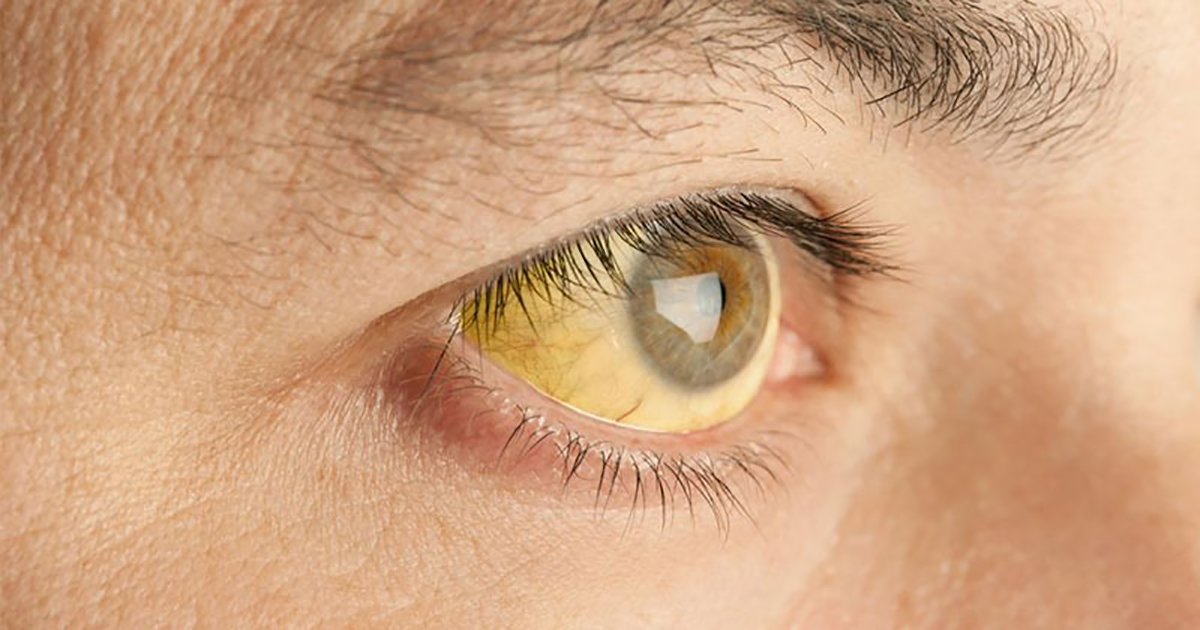
Symptoms of cirrhosis of the liver all patients should watch out for include insomnia, fatigue, itchy skin, weight loss, nausea, changes in appetite, muscle weakness, liver pain or tenderness, red and blotchy patches on the skin, and blood capillaries on the upper abdomen. These symptoms usually occur during the early stages of the disease. Later stages of cirrhosis include irregular heartbeat, hair loss, dizziness, jaundice, confusion, nosebleeds, vomiting, muscle cramps, and pain in the right shoulder. Many of these symptoms can also appear as symptoms of one of the various causes of cirrhosis of the liver.
Hepatitis
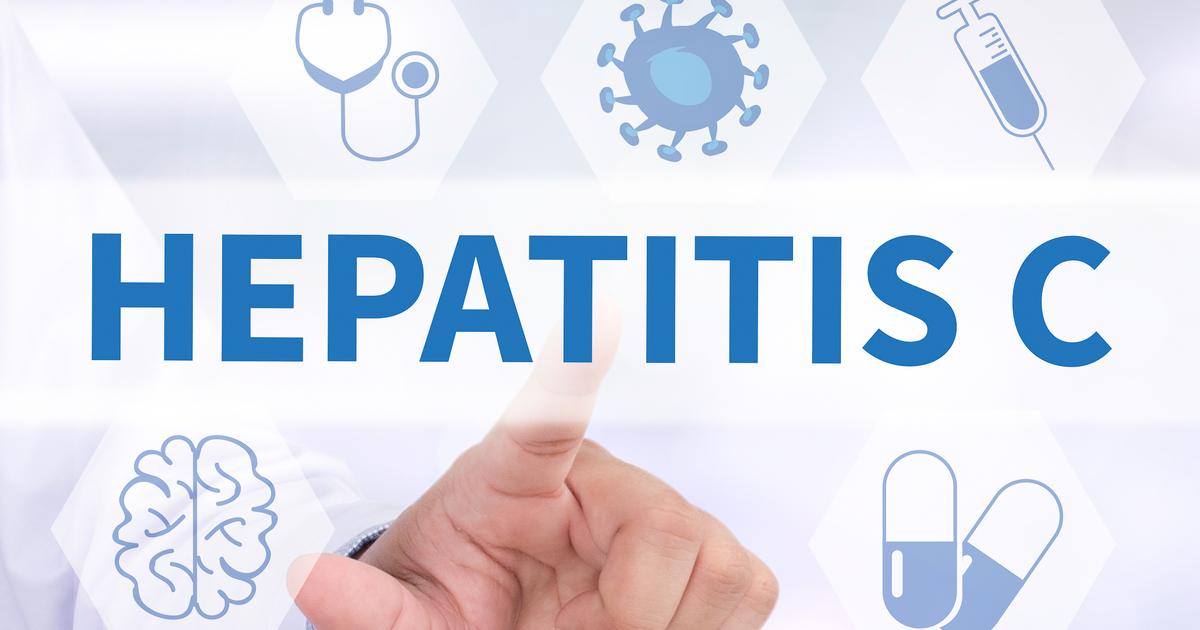
Several forms of hepatitis may lead to cirrhosis of the liver. Hepatitis C is a bloodborne infection most commonly found in North America and Western Europe that may lead to liver damage and eventually cirrhosis. Symptoms usually include yellowing of the eyes, skin, and tongue (jaundice), extreme fatigue, and itching. Cirrhosis may also be caused by hepatitis B and D. Hepatitis B is a viral infection that attacks the liver while hepatitis D, also a viral infection, causes liver inflammation. Symptoms of the former include abdominal pain, dark urine, jaundice, joint pain, and loss of appetite. Hepatitis D symptoms are quite similar to hepatitis B symptoms and also include jaundice, joint pain, pain in the liver, nausea, and vomiting.
Non-Alcoholic Steatohepatitis
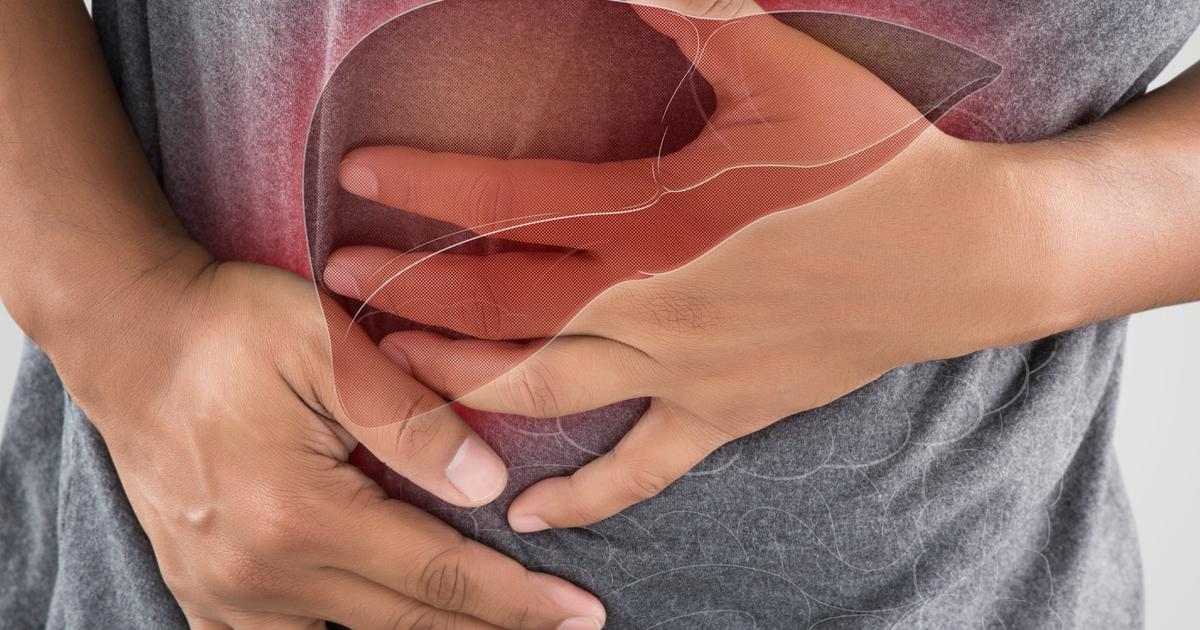
Non-alcoholic steatohepatitis, otherwise known as NASH, occurs when there is too much accumulation of fat in the liver, which results in scarring and inflammation that may eventually lead to cirrhosis. It is most likely to occur in individuals diagnosed with type two diabetes, obesity, high blood lipid levels, and high blood pressure. As the name implies, non-alcoholic steatohepatitis occurs in individuals who do not consume alcohol or consume very little.
Most patients who have non-alcoholic steatohepatitis are asymptomatic, although some may present with fatigue, a general feeling of discomfort, or pain in the right upper abdomen. Roughly three-quarters of all NASH patients develop hepatomegaly, also known as abnormal liver enlargement. Some patients may also have an abnormally large spleen, known as splenomegaly, if advanced hepatic fibrosis is present. Finally, it is crucial to understand patients who develop cirrhosis due to non-alcoholic steatohepatitis may also be asymptomatic and as such, lack the key signs of chronic liver disease and therefore must be watched more carefully.
Autoimmune Hepatitis
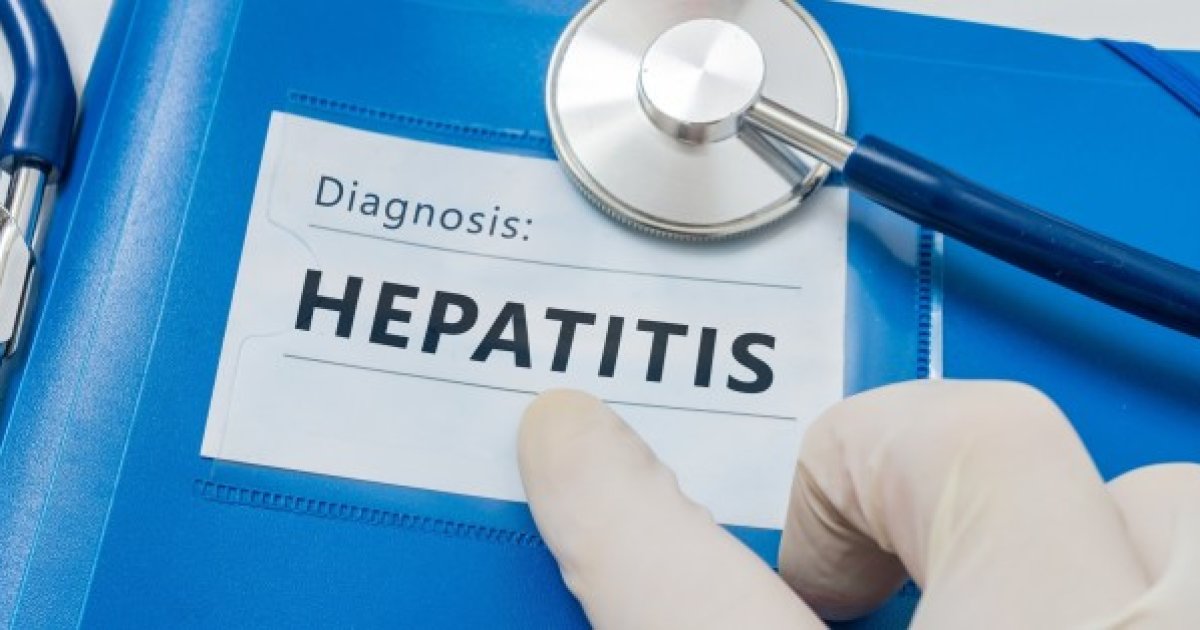
Autoimmune hepatitis is a chronic inflammatory condition in which the immune system mistakenly attacks the tissue in the liver, causing damage and inflammation. In some cases, autoimmune hepatitis may result in cirrhosis and even liver failure. Symptoms include joint pain, fatigue, abdominal discomfort, jaundice, enlarged liver, loss of menstrual cycles (in women), and spider angiomas. Doctors typically diagnose this condition through blood tests and liver biopsies. Although the cause is unknown, medications that suppress the immune system to prevent it from attacking the liver are available. In rare cases, a liver transplant is necessary.
Excessive Consumption Of Alcohol

Extensive alcohol use is one of the primary causes of cirrhosis of the liver, as alcohol is processed in the liver. Alcoholism causes the cells in the liver to be overworked, which in turn causes damage. The more a person drinks, the greater the risk of developing cirrhosis. Heavy drinking needs to occur for at least ten years before liver damage begins. Women and individuals over sixty-five years old are urged not to drink more than one alcoholic beverage a day, while males under sixty-five should limit their intake to two per day.
Fatty Liver
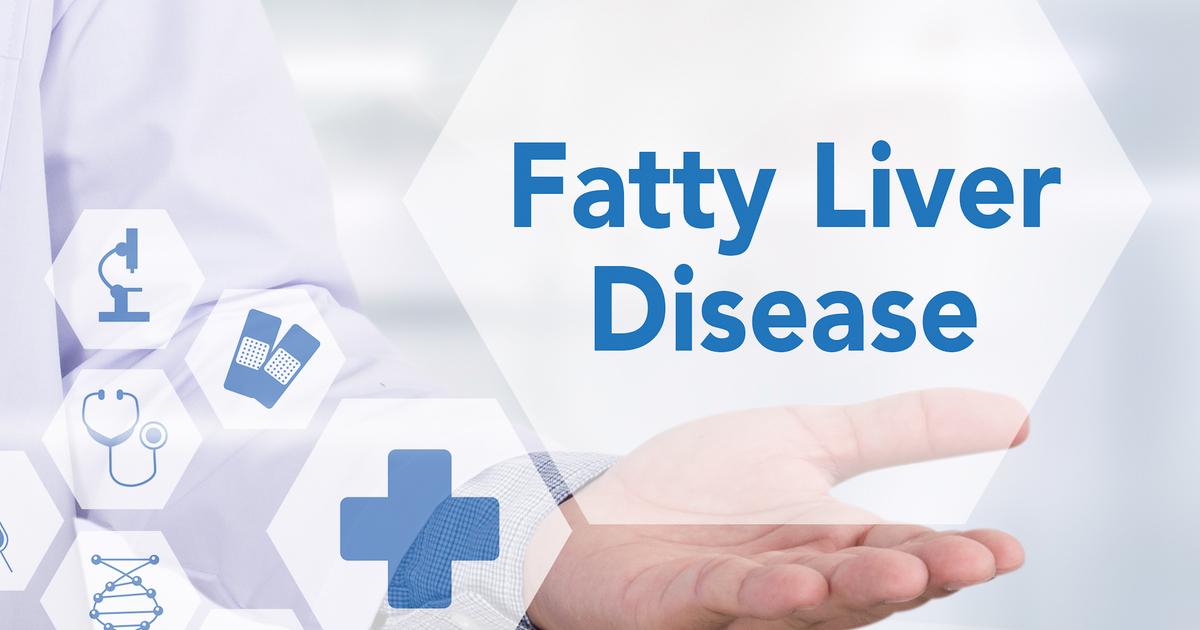
Individuals who consume larger than average amounts of alcohol may develop a condition known as fatty liver disease, which occurs when the liver metabolizes alcohol into water and carbon dioxide. As soon as heavy drinking stops, the condition goes away. It is worth noting, however, heavy drinking is not the only cause of fatty liver disease, and other causes include diabetes as well as obesity. In the case of obesity, losing excess weight can result in the disappearance of fatty liver disease.
Approximately ten percent of heavy drinkers who have fatty liver disease will develop cirrhosis, which is the third stage of alcoholic liver disease. Up to thirty percent of heavy drinkers will develop hepatitis, a progressive phase of liver damage.
Genetics

Cirrhosis of the liver may develop due to various genetic disorders. Hemochromatosis, also known as iron overload, occurs when iron builds up in the liver. Too much iron in the body can position organs and lead to cirrhosis. Wilson's disease occurs when copper is not properly eliminated from the body and accumulates in the liver, resulting in fatigue, swelling, uncontrolled movements, abdominal pain, and cirrhosis. Treatment includes medications that allow the copper to be released into the bloodstream where they can be eliminated from the body.
Bile Duct Blockage
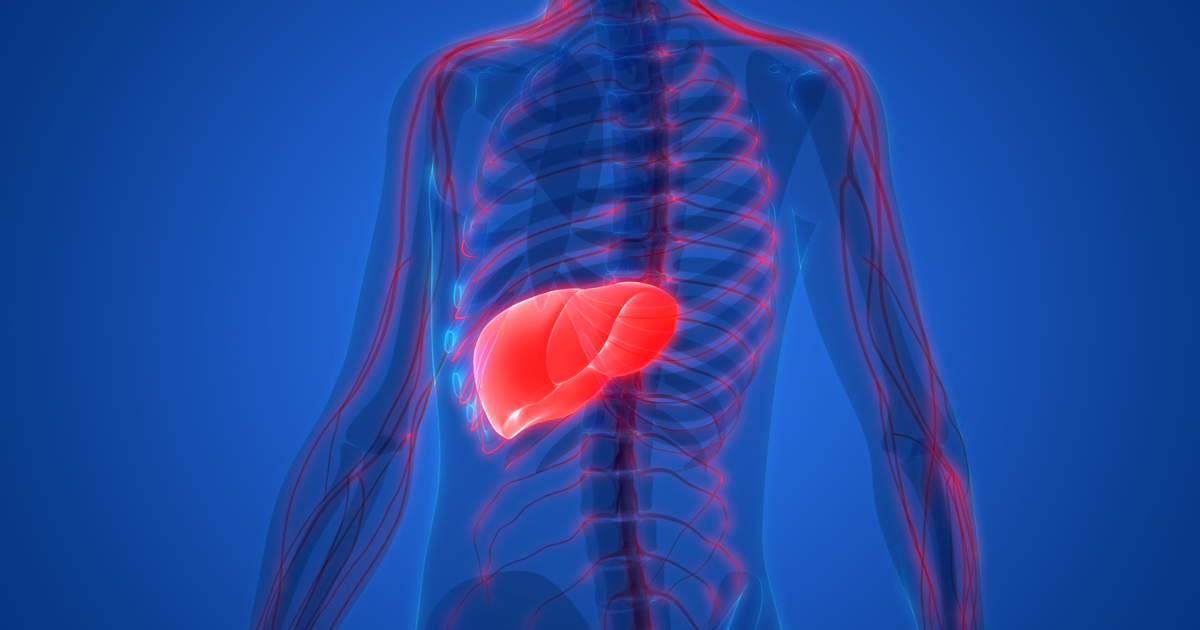
The bile ducts are responsible for carrying a yellowish-brown fluid, called bile, secreted by the liver to the gallbladder through the pancreas and then to the small intestine. The bile ducts are especially important for breaking down food, and bile is needed to metabolize fats. In some cases, bile ducts become blocked due to disease or cancer, which results in cirrhosis of the liver. Symptoms may include white stools, jaundice, and itchy skin. Treatment typically includes surgery, chemotherapy, and radiation, if cancer is present.
Budd-Chiari Syndrome
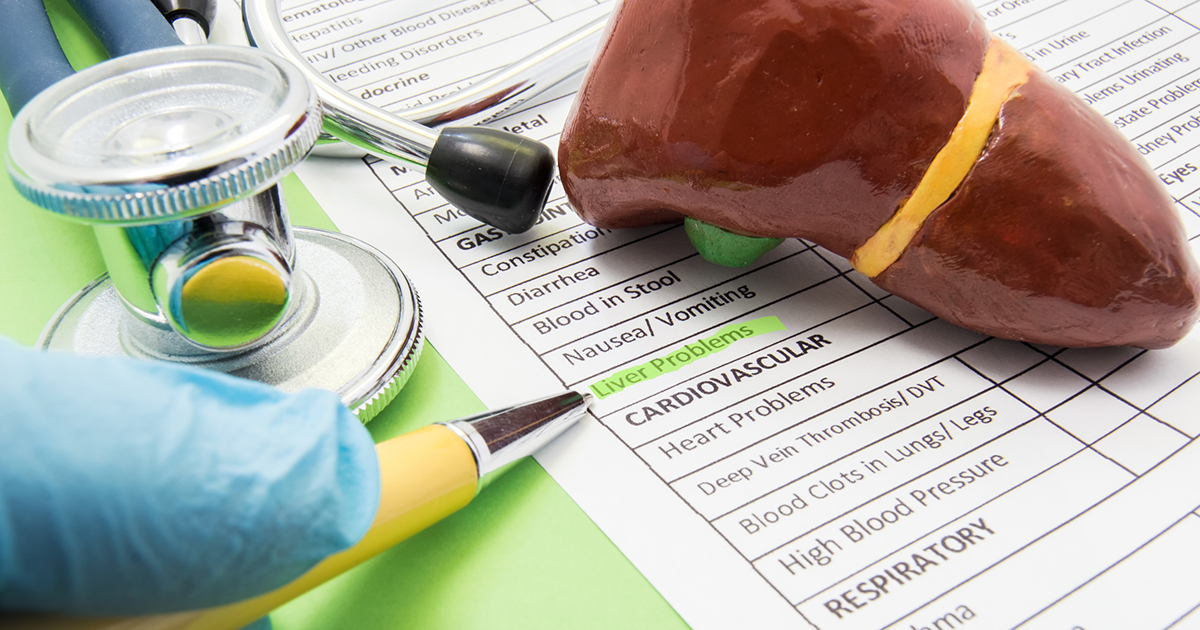
Budd-Chiari syndrome occurs when there are blood clots located in the hepatic vein, which is the blood vessel that carries oxygen, nutrients, and blood from the liver. Budd-Chiari syndrome does not allow the liver to drain properly, resulting in collateral vessels, an enlarged liver, and eventually cirrhosis. Although the condition is rare, it is incurable and potentially lethal, according to a 2007 study published in the World Journal of Gastroenterology. Women who use oral contraception are at an increased risk of developing this condition.
Other Conditions
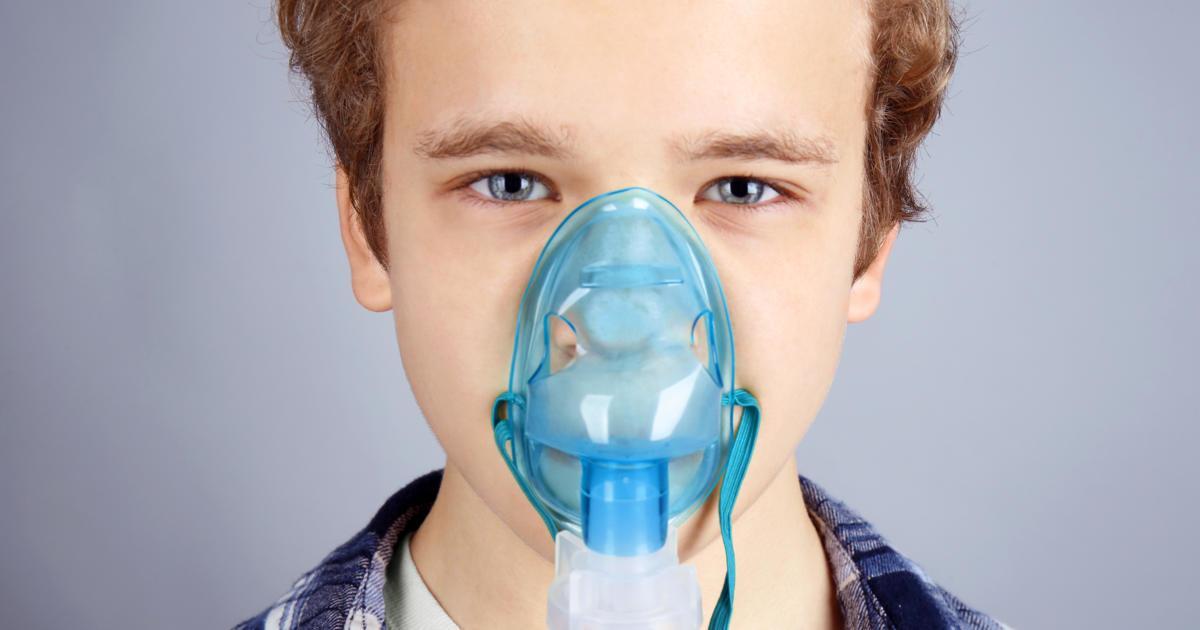
Other conditions that may contribute to cirrhosis include cystic fibrosis; primary sclerosing cholangitis, or hardening and scarring of the bile ducts; biliary atresia, or poorly formed bile ducts in newborns; schistosomiasis, a parasite found in developing countries; and glycogen storage disease, or problems with cellular energy release, storage, and function. Galactosemia, or the inability to digest the proteins found in cow's milk, may also cause cirrhosis of the liver.
These conditions all present with a variety of symptoms and have their own specialized treatments. In all cases, however, it is crucial to receive effective and efficient treatment to minimize the development of cirrhosis.
